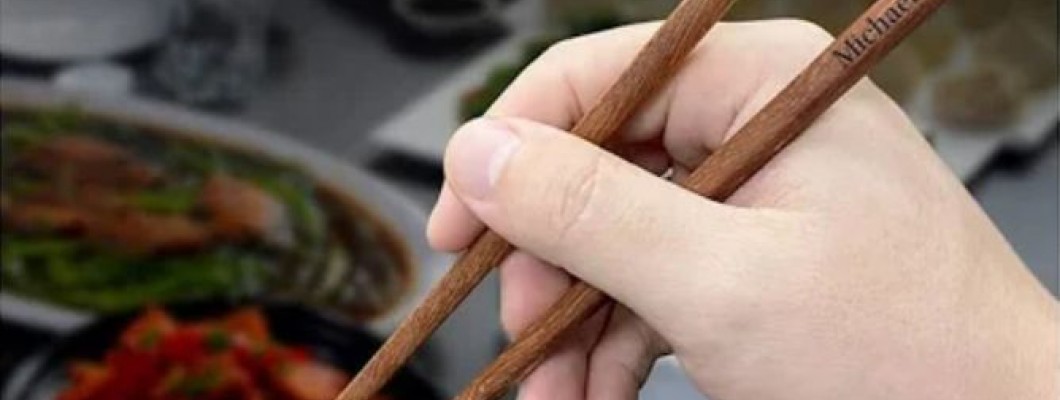
Chopsticks were called "Jia" in the pre-Qin era, "Zhu" in the Han Dynasty, and "chopsticks" in the Ming Dynasty. Chopsticks have many meanings. The length of chopsticks is seven inches (3.6 cm) and six points (0.36 cm), which represents human emotions and physiological needs. The seven emotions refer to happiness, anger, sorrow, sorrow, and fear, and the six desires refer to the eyes, ears, nose, tongue, body, and mind. Chopsticks come in pairs, representing the opposition of yin and yang. The five fingers of our chopsticks represent the five elements of metal, wood, water, fire, and earth. Standard chopsticks have one round end and a square end. Instead of the disposable chopsticks we usually use for takeout, they have round ends. One head is round and the other square represents the round sky and place. Another saying is that square means regular and round means smooth and stable. Holding the hand in the middle of the chopsticks represents the three unions of heaven, earth, and man. But if you use chopsticks too hard, you won't be able to open them, and if you use them too hard, you won't be able to pinch them. It is for us to understand propriety and etiquette. A pair of small chopsticks contains a lot of wisdom and principles left by our ancestors. 






Leave a Comment